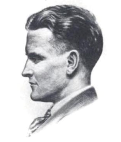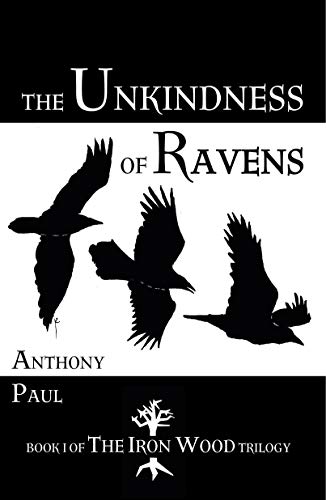The Great Gatsby by F. Scott Fitzgerald
Page 8 of 25 - 1 2 3 4 5 6 7 8 9 10 11 12 13 14 15 16 17 18 19 20 21 22 23 24 25 Purchase full notes for £6.95 (aprox $10.84)
If that greatness resides anywhere in the fundamentally messy spectacle of Gatsby, most would agree that it is in the fact that he remains faithful to his vision come what may. Odysseus is the deceiver, the trickster par excellence of European literature, but he still always loves Penelope and he longs to return to her. That, of course, corresponds to Gatsby’s great desire, and it is his saving grace: in a sense he actually dies for Daisy, willing as he is to protect her identity as the driver of the car that killed Myrtle – and the reader is permitted by Fitzgerald to think that he is shot while still believing in his Penelope (though Nick’s narration adds a necessary degree of uncertainty and ambiguity on this point). In his faithfulness to Daisy, or rather to his idea of Daisy, Fitzgerald implies that Gatsby is able, in his own way, to ‘beat on, boats against the current’ and his history is truly a story because he never compromises his vision, unlike Nick or Tom or Daisy or Jordan. Gatsby’s love for his idea of Daisy – whether it is labelled romantic, deluded, obsessive or with any other relevant term – is possibly the only significant unambiguous element in the whole novel. This fact, in itself, serves to highlight what makes the book his story more than anyone else’s.
Indeed, despite the fact that he lives five years of his life in a state of obvious delusion, it is the inspiration – the longing – which that delusion gives him that allows Gatsby to sail through the ambiguities of East Coast America in the twenties strangely unsullied – perhaps, in a way, because he becomes for the reader more of a mythical individual than a breathing human person. For all the other characters, the moral ambiguities of their place and time allow them far too much leeway. In such a world, it is possible for Nick to have a drunken one-night stand with a married photographer (if, indeed, it happened), he can write letters to his semi-fiancée back home and still have an affair with a girl from Jersey City, and he can string along Jordan Baker for as long as he wants to, and he never really has to face up to the consequences of his actions. Granted, he returns a wiser man to the ‘real snow’ of his birthplace, but the temptation to exploit this new world of ambiguity – as do Tom, Daisy and Jordan – is always there. Which of the two worlds is to be preferred – the old or the new – is something Fitzgerald never makes completely clear. It is important, for example, that Nick’s Mid-Western sensibilities are challenged – he needs to be a little inebriated by Gatsby’s ‘blue lawns’ – but Tom and Daisy, who more than any other of the major characters of the book live their lives in the new, glamorous, world of ambiguity that Fitzgerald describes, are finally dismissed as shallow people so rich that they can safely ignore the mess they leave behind them. All of the others fade from view – and rightly so – while it’s always Gatsby the reader remembers long after closing the pages of the novel.

